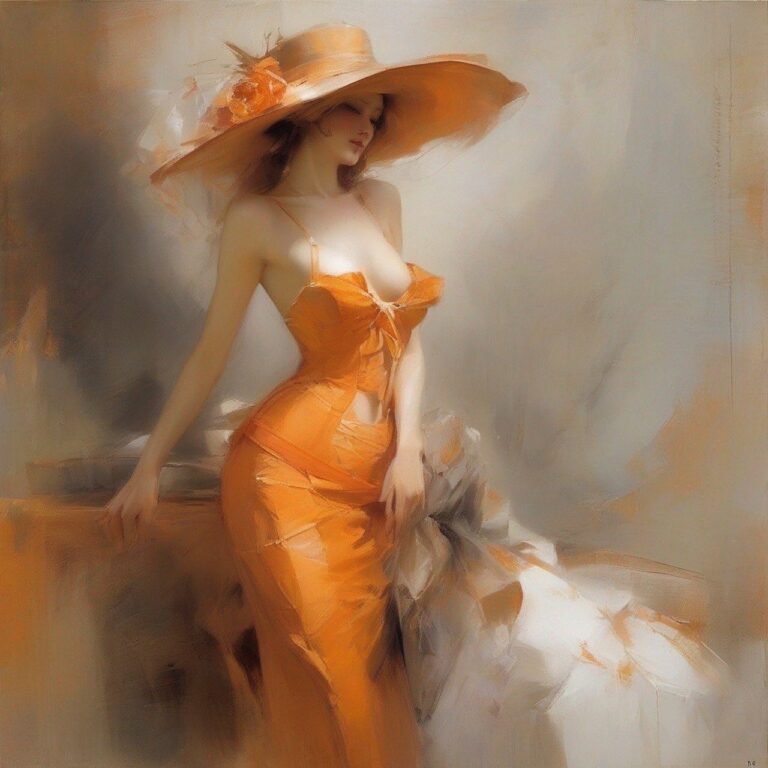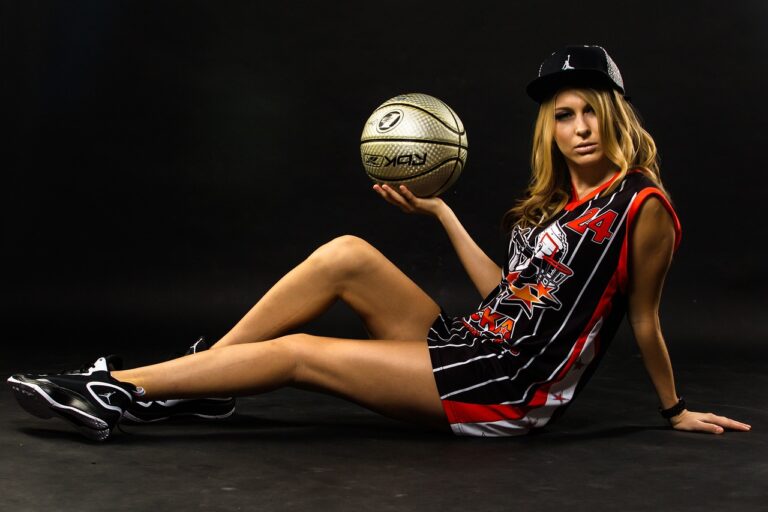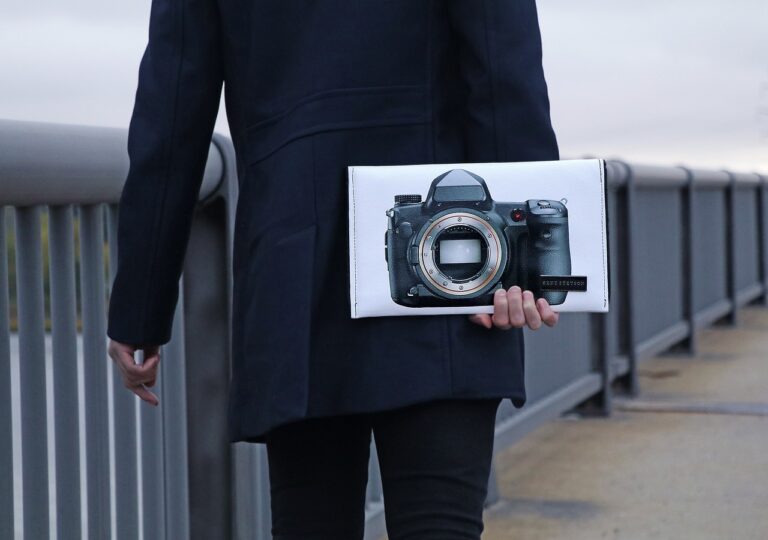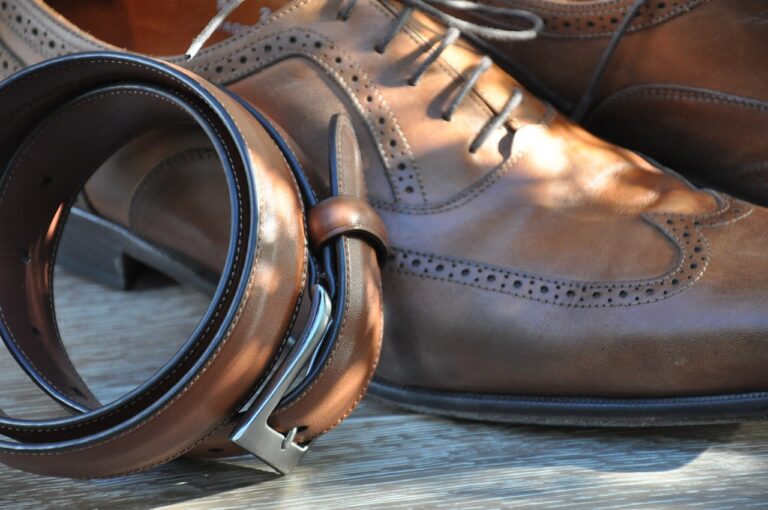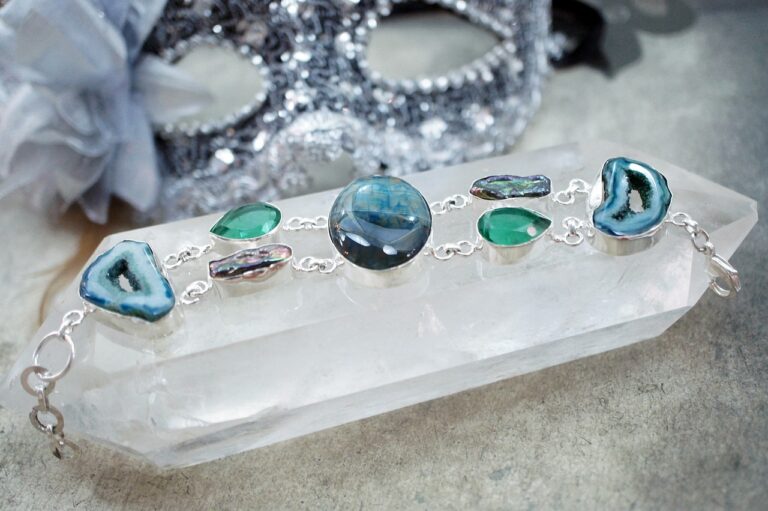The Role of Fashion in Politics: How Clothing Reflects Cultural and Social Movements
Throughout history, fashion has played a prominent role in the political realm. From the extravagant garments worn by royalty to the utilitarian clothing of revolutionaries, attire has long been intertwined with the expression of power and ideology. In ancient civilizations, such as ancient Egypt and Rome, rulers used clothing and accessories to convey their status and authority to the masses.
As societies evolved, so did the significance of fashion in politics. During the Renaissance period in Europe, the clothing choices of monarchs and nobility became a symbol of wealth and influence. The elaborate fashions of courts served not only as a way to display opulence but also to solidify alliances and convey political messages. This fusion of fashion and politics continued to evolve over the centuries, with each era reflecting the changing social and political landscapes.
The Influence of Fashion Icons on Political Movements
Fashion icons have long played a notable role in shaping political movements and ideologies. The way they dress, accessorize, and present themselves can have a significant impact on public perception. These icons often use their sartorial choices to convey powerful messages, whether it be through color symbolism, cultural references, or subtle nods to historical figures.
In the realm of politics, fashion icons have the ability to influence not only individual style trends but also broader social movements. Their ability to capture public attention through their unique fashion sense can amplify political messages and help raise awareness for specific causes. Additionally, fashion icons can also inspire individuals to become more politically engaged by using their clothing as a tool for self-expression and activism.
Fashion as a Form of Protest and Resistance
Fashion has long served as a powerful tool for expressing dissent and resistance. From suffragettes donning purple, white, and green sashes as a symbol of their fight for women’s voting rights to the Black Panthers adopting black leather jackets as a statement against police brutality, clothing has been used to convey political messages in a visually striking way. Through their fashion choices, individuals and groups have been able to make bold statements and spark conversations about pressing social issues.
In recent years, fashion has continued to be a medium through which individuals voice their political beliefs and challenge societal norms. From the widespread adoption of safety pins post-Brexit referendum to signal solidarity with marginalized communities to the popularity of slogan tees advocating for various social causes, fashion has been harnessed as a means of protest. By making deliberate sartorial choices, individuals have been able to participate in movements, provoke discussions, and assert their stance on pressing political matters.
• Fashion has a long history of being used as a tool for expressing dissent and resistance
• Clothing can convey political messages in a visually striking way
• Individuals and groups have used fashion to make bold statements about social issues
• In recent years, fashion continues to be a medium for voicing political beliefs and challenging societal norms
• Safety pins post-Brexit referendum and slogan tees advocating for social causes are examples of using fashion as protest
• Sartorial choices allow individuals to participate in movements, provoke discussions, and assert their stance on political matters
What role has fashion played in political movements throughout history?
Fashion has often been used as a form of expression and protest in political movements, allowing individuals to visually communicate their beliefs and ideals.
How have fashion icons influenced political movements?
Fashion icons have used their platform to raise awareness and support for various political causes, using their influence to mobilize support and spark conversations.
Can fashion truly be a form of protest and resistance?
Yes, fashion can be a powerful tool for protest and resistance, as it allows individuals to make a statement and challenge societal norms through their clothing choices.
How can individuals incorporate fashion into their activism?
Individuals can use their personal style to align with their values and beliefs, whether through wearing clothing that supports a cause or boycotting brands that do not align with their ethics.
What impact can fashion have on political movements?
Fashion has the power to amplify messages and generate awareness for political movements, reaching a wider audience and sparking conversations around important issues.


